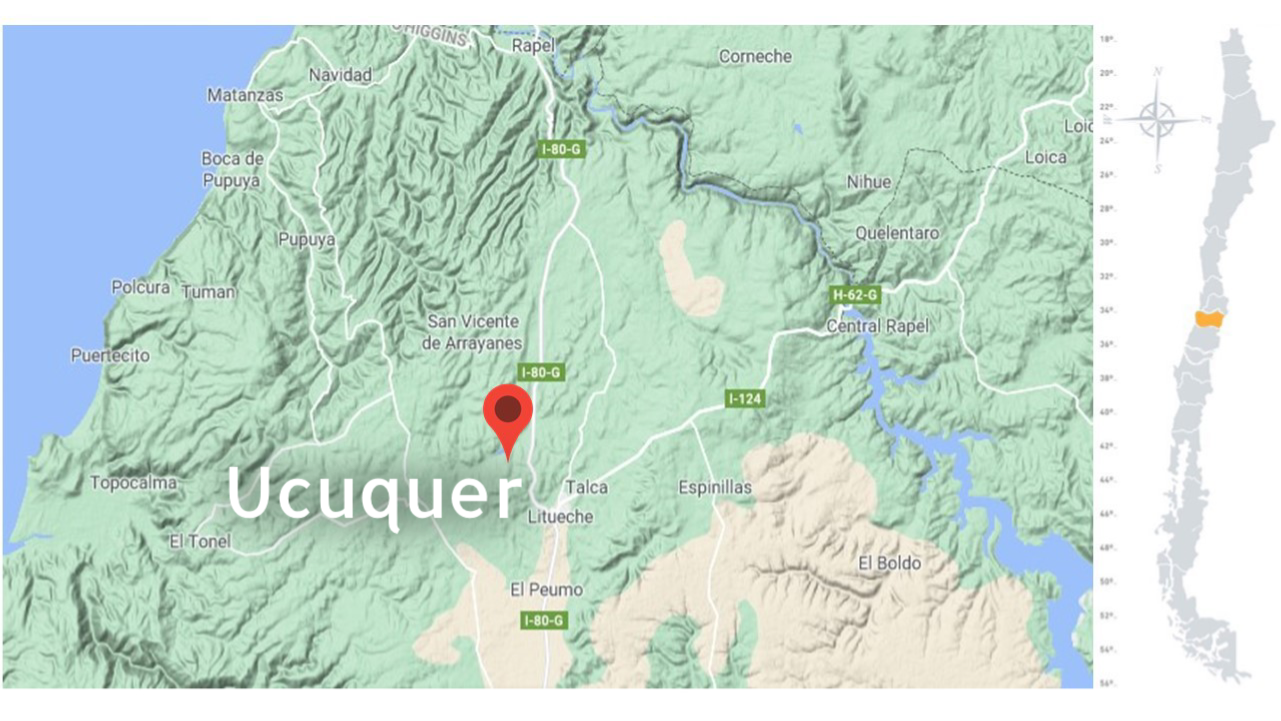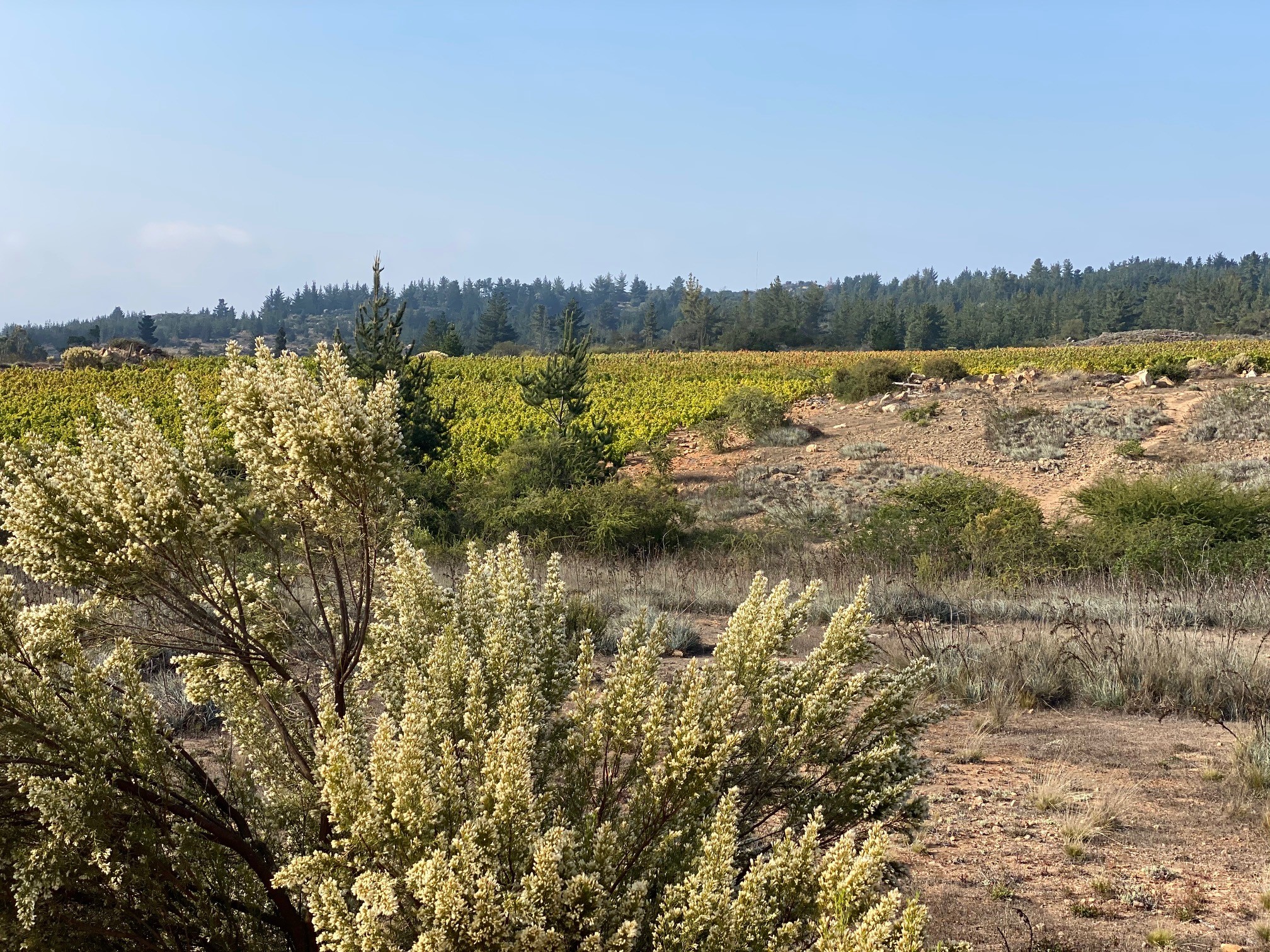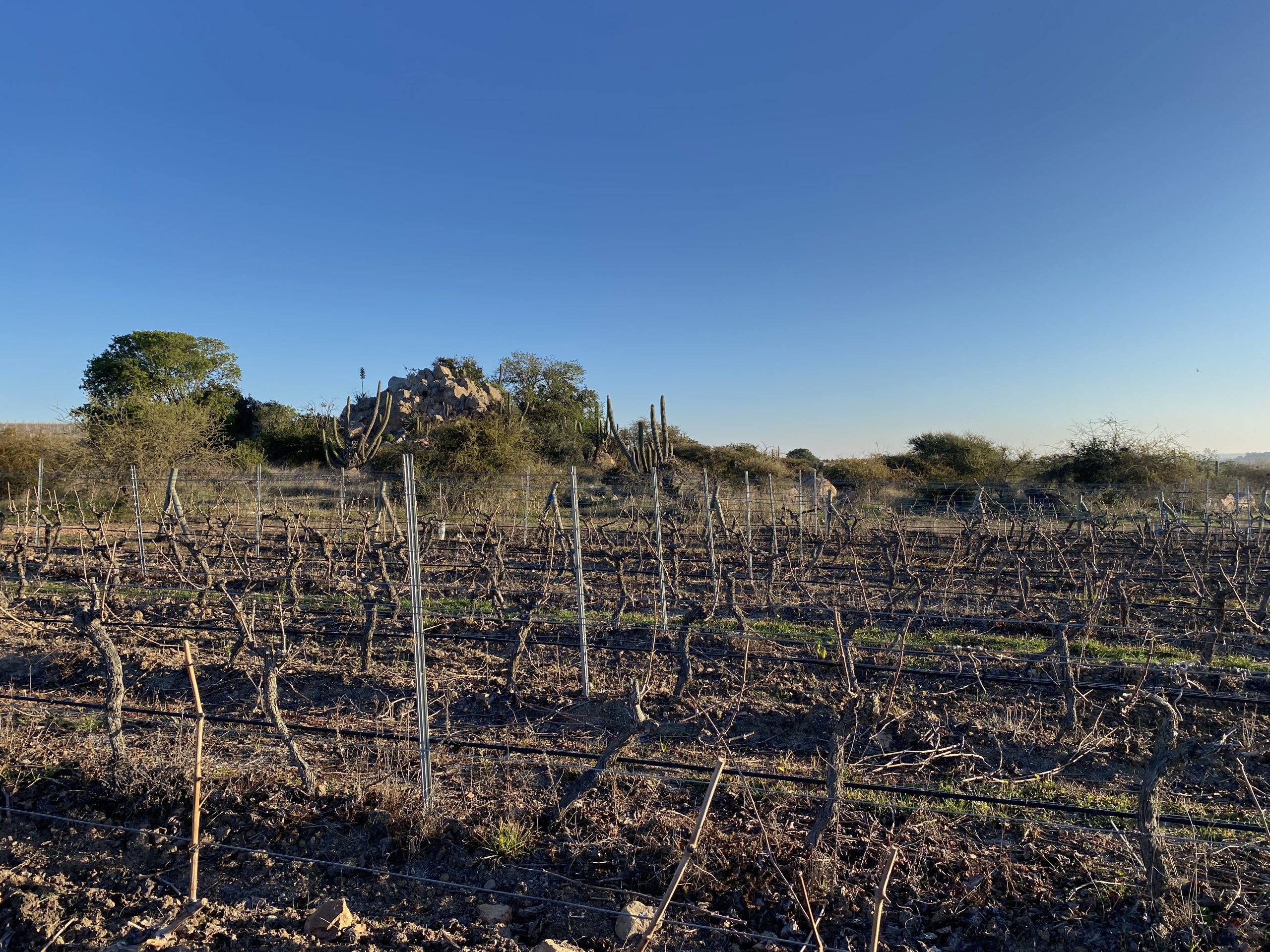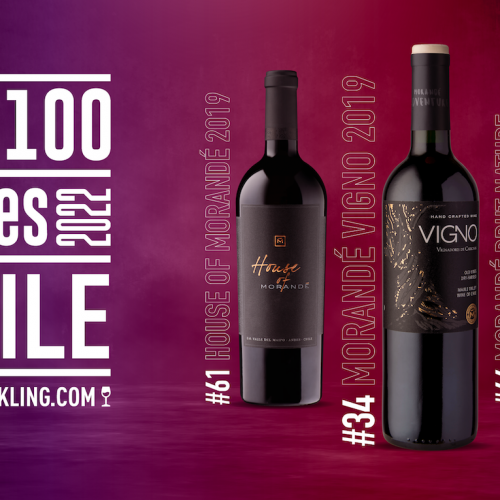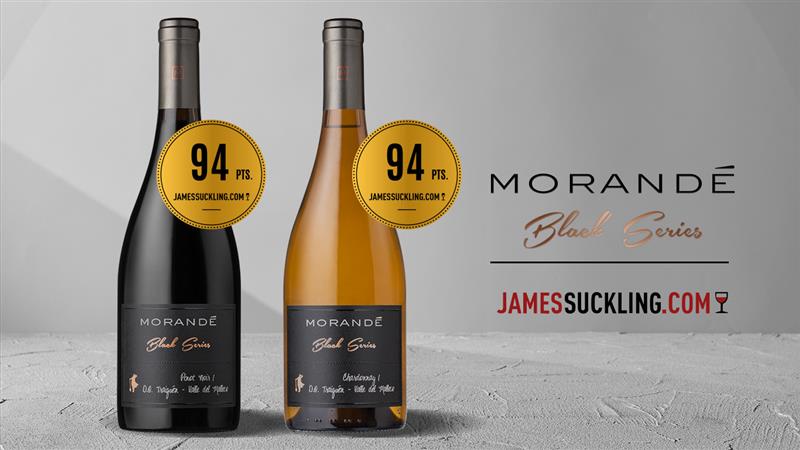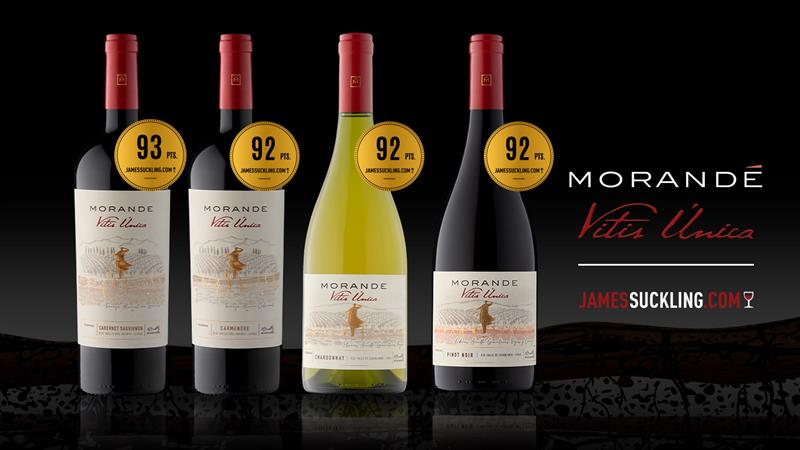
26 Jul Ucúquer – Playing on the edge
It will soon be 40 years since, in 1982, Pablo Morandé engaged on a crusade that would radically change the winegrowing landscape of Chile. In that year, he planted commercial vineyards for the first time in a Chilean coastal area, specifically in the Casablanca Valley. He did it with the vision of a restless and curious spirit, which, closely connected to his iron will, allowed opening the wide range of our country’s wine diversity.
This adventure made it possible for other vintners to also search for coastal valleys influenced by the Pacific Ocean. The Coastal Range, older than the Andes (200 million years versus 20 million), is more eroded and lower, and therefore, allows the coastal trough to penetrate from the sea. This characteristic pattern of cloudy mornings, which keeps the atmosphere fresh until midday, is particularly familiar to holidaymakers on the central coast. Its geology is characterized by granitic rocks and, to a lesser extent, metamorphic rocks (slates), as well as calcareous veins.
Faithful to this restless spirit, today we continue exploring diverse origins and are currently working in different vineyards from Malleco to Limarí. One of the areas that have caught our attention in recent years is Ucúquer, on the north coast of Colchagua, not far from the mouth of the Rapel River. Located 40 km from the sea, Ucúquer has a dry climate with a vague marine influence. In other words, an intermediate terroir between the coast and the Central Zone, which has shown to be an excellent place for growing long-cycle white varieties and shorter-cycled red ones, though it provides very different profiles than the usual ones from Maipo or Maule. But it is a great alternative for producing fresh and vertical reds with red fruit expression and good ripeness.
Experience tells us that these are “tense” wines, that is, with sharp tannins, which require and benefit from their aging in barrels and foudres before reaching the markets. The other side of the medal is the challenge of transforming this structure, which at the beginning is slightly “rough,” into wines that are at the same time long, concentrated and fresh.
We have chosen two classical varieties from the terroir of Ucúquer to blend: Syrah and Cabernet Franc. Since the climate there is rather cold, the shorter growing season forces the vine to produce fewer bunches and to concentrate on their ripeness. The granitic soils deliver fine but abundant tannins. However, after aging for 18 to 22 months, plus one year in the bottle, the wines show unique characteristics. They feel young and, therefore, promise a great aging potential.
Ucúquer, a strange name for a curiously-named appellation in the limits of Rapel’s coastal rain-fed lands.
Ricardo Baettig
Winemaker at Viña Morandé

